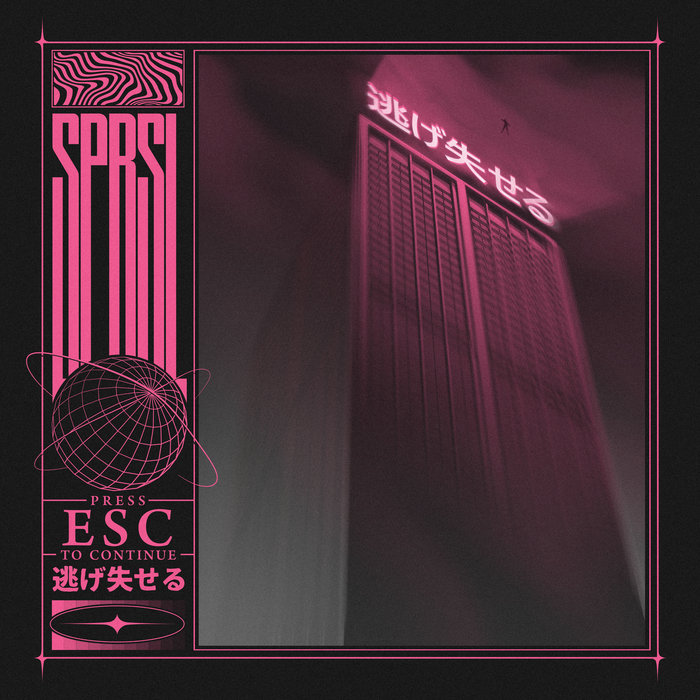
Hurt Myself Again by Mistake – Supersoul
this blog is GROOVY – check out great Soul, Funk, Jazz, Hip Hop, Bass, Breaks , Reggae, House n many more TUNES
Hey there, music lovers! Grab your synths and lace up your dancing shoes as we dive into the electrifying world of electronic rock. This genre is a tasty blend of rock and electronica that’s had fans grooving since the late ’60s. Let’s break down this pulsating history, sprinkle in some funny facts about our favorite musicians, and cruise through the soundscapes that shaped our playlists!
The seeds for electronic rock were sown back in the bustling ’60s. Bands began experimenting with synthesizers and drum machines, merging traditional rock vibes with futuristic sounds. The Beatles, ever the musical alchemists, laid down some groundwork with tracks like “Tomorrow Never Knows,” showcasing an early taste of what was to come.
As we kicked off into the ’70s, pioneers like Kraftwerk made waves across Europe with their robotic rhythms and innovative use of technology. Their influence can’t be overstated; they practically wrote the manual on how to make music with machines—turning them funky while sporting snazzy matching suits.
Funny Fact: Did you know that Kraftwerk once performed a concert entirely without human intervention? They let a computer do all the work! Just think about it: robots having more fun than humans at a show!
Fast forward to the late ’70s and ’80s when new wave hit like a neon tidal wave! Bands like Depeche Mode, New Order, and Duran Duran brought electronic elements into mainstream pop-rock. With catchy hooks backed by danceable beats from sequencers, these bands won hearts (and dance floors) everywhere.
Depeche Mode even crowned themselves kings of synth-pop after dropping hits like “Just Can’t Get Enough” in 1981! Their smooth melodies mixed flawlessly with mechanical sounds set everyone swaying—not just in clubs but wherever speakers could blast them out loud enough.
Funny Fact: Depeche Mode’s name came from a French fashion magazine called Dépeche mode, which means “fashion dispatch.” Who knew high fashion had such deep-rooted connections to grooves?
Then along came punk rockers like The Clash who said “why not?” as they started integrating bits of reggae rhythms alongside synthesized sounds—giving birth to something uniquely eclectic in style. Around this time too, artists began really playing around with sampling techniques that’d lay pathways for future sub-genres.
In this vibrant era came legends such as Nine Inch Nails led by Trent Reznor—the man who never met an angst he couldn’t channel into gritty electronic beats mixed beautifully against his raw vocals. Tracks like “Head Like A Hole” gave us those rebellious feels we all love!
Funny Fact: One time during a live performance, Trent decided to kick over his keyboard mid-show—it malfunctioned spectacularly creating random glitchy noises throughout his set! That incident ended up being dubbed “Glitchgate.” Talk about making lemons into lemonade!
When grunge dominated much of ‘90s culture, electronic rock didn’t fade away; it evolved! Genres collided left right center giving birth progressively toward alternative acts emerging on scene—think Radiohead embracing electronics while keeping it cool yet introspective at heart.
And let’s not forget about popular club hits from bands like Blur (“Song 2”) or Rage Against The Machine who took sonic risks head-on amidst heavy riffs paired expertly alongside techno influences—the fusion kept growing stronger each day!
Fun Fact Alert: Blur once played an entire gig where they invited only fans dressed as cartoon characters—and yes, people showed up wearing full-on superhero costumes rocking out together in pure joy!
Zooming straight onto today’s landscape where genres are fluid; you’ll hear snippets echoing their legacy everywhere—from indie electro outfits popping off Spotify charts to festival mainstays blasting tunes sure fire / rave/enjoy/vibe energies among crowds galore.
Take these fresh faces—for example—the wonderous world created by artist-producer duo known collectively as ODESZA whose ethereal yet grounded compositions make souls twirl blissfully under dark skies full stars—all thanks again technology grooves paving way for creativity knows no bounds nowadays!!
In conclusion folks…Electronic Rock has taken us on quite a journey from its humble beginnings forging magical relationships between guitars + synth machines leading us song-listening adventures intermingling fun energy & laughter!! Those quirky moments remind us there’s always room for humor even amidst expressively crafted intense experiences found within various musical forms—we’re here living life celebrating every beat along way so keep jamming my friends!!!
Stay tuned next time when we’ll explore another genre worth boogie-ing down memory lane—or maybe I’ll share secrets behind why musicians wear such wild clothes?? Peace & groove until then 🎶💃🏽✨

Hurt Myself Again by Mistake – Supersoul

MAKE MUSIC STOP WAR – Trip Hop Nation